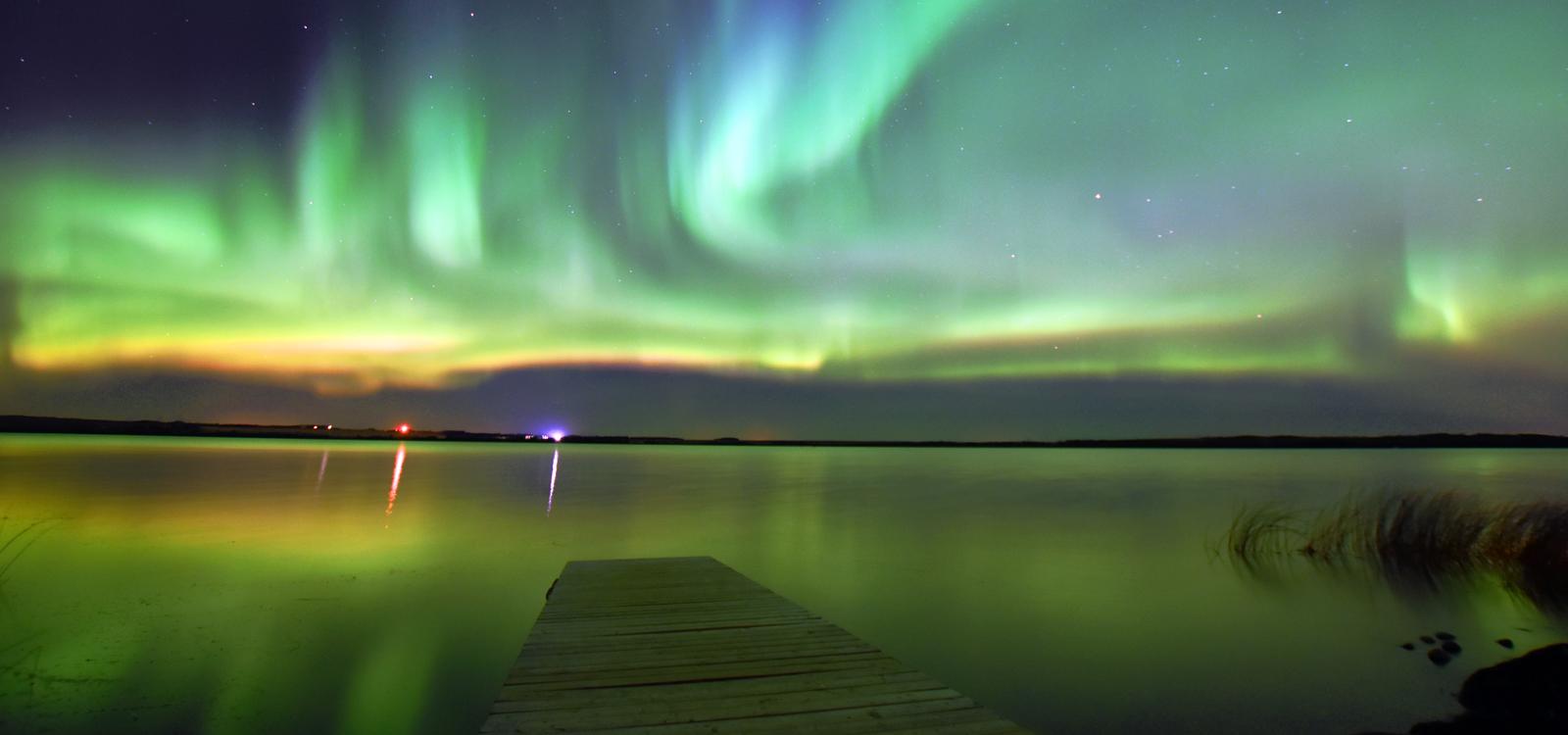
Interested in brightly-lit and star-studded skies? Continue reading to discover CanaDream's top five locations for aurora-hunting! For thousands of years aurora's lights in northern and southernly regions have captivated humanity. Staring at a tapestry of purples, greens, and reds shimmering across vast darkness, is a waking dream. Aurora borealis is one of nature’s most spectacular visual phenomena and has secured its spot in the top seven natural wonders of the world. Like an ethereally coloured dance punctuated with a smattering of stars, reams of light against a dark canvas entrance viewers with unearthly beauty.
Aurora: A ‘Light’ Explanation
The aurora borealis, also known as 'northern lights', cause many to wonder – what is the science behind these curtains of light?The Cause
Simply put, atoms and particles in our atmosphere collide with electrically charged particles which have escaped from the Sun. These charged particles accelerate towards the north and south poles and are heated as they enter the Earth’s atmosphere. When the particles drop back to a lower state of energy, a photon of light is released, resulting in a broadly stroked canvas of light.
The Colour
During an aurora display, high altitude oxygen interacts with the entering solar particles. As the Earth’s atmosphere is comprised of nitrogen and oxygen, the two gases produce unique colours when they are heated. Green colours in the aurora result from the particle interacting with oxygen while hints of pink, purple and blue indicate a collision with nitrogen. Lucky viewers observing a rare scarlet red colour are witnessing solar particles collide with extreme high altitude oxygen, only occurring when the aurora is highly charged.
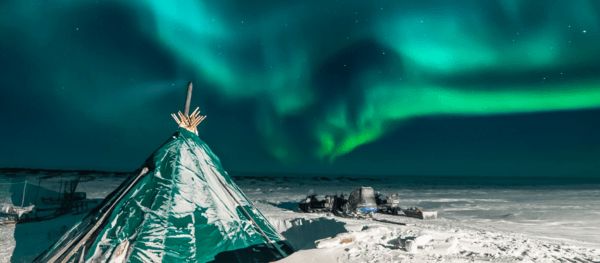
Aurora’s Colourful Connection to Culture
Records of traditionally told oral stories explain a spiritual connection between Indigenous cultures, and the unique nations, and their relationship to the northern lights. Referred to as the ‘Dance of the Spirits’ by Cree and Ojibway, teachings asserted northern lights were powerful guardian spirits of ancestors dancing to form a pathway for souls travelling to the next world. Additionally, it was believed the lights conveyed the reassuring message the living are not alone and there is much to look forward to in the afterlife.Aurora: Facts of Light
It is widely believed Galileo Galilea coined the term ‘Aurora Borealis’ in 1619, combining the Roman goddess of dawn, 'Aurora’, and the Greek name for the north wind, ‘Boreas’.Historical records report Captain James Cook termed the phenomenon occurring in the south, ‘Aurora Australis’, following a voyage to Antarctica between 1772-75; ‘Australis’ meaning ‘of the south’ in Latin.
When are the Lights at their Brightest?
Northern Lights are most prevalent between the autumn and spring equinox – occurring the third week of September to the third week of March. For optimal bright light sky views, few clouds, dark skies, and cold temperatures are necessary. The brightest displays typically last between 1–3 hours, with best viewing usually between 10 pm and 2 am. Keen aurora chasers and photographers gauge the likelihood of a ‘great show’ by researching and examining data describing the atmosphere’s ‘geomagnetic indices’ and will stay up all night for the ‘right light’!
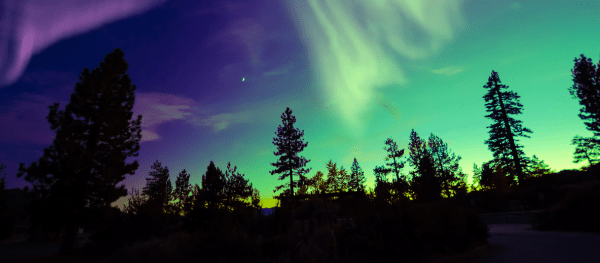
Where are Canada’s Best Locations
to View the Aurora Borealis?
The most north-westerly regions of Canada's provinces and territories are sparsely populated and produce minimal light pollution which offer optimal conditions for aurora borealis sightings. Check out the daily Aurora Sighting to see how the aurora is fairing each week!
Canada’s Top 5 Vacation Destinations for Aurora Hunters
1. Churchill, Manitoba - Canada’s top Aurora Borealis viewing location delivers up to an astounding 300 days of evening light shows. Churchill sits directly under the auroral oval and features long and cold night temperatures creating optimal conditions for Northern Lights. While exploring Churchill, Guests visiting in the fall have an opportunity to view polar bears and can take advantage of whale viewing in the summer months!2. Whitehorse and Kluane National Park & Reserve, Yukon - Offering up to 240 days of Aurora Borealis, Yukon Territory is one of Canada’s top spots to visit. The beginning of winter provides the highest probability of a Northern Lights show, though the lights are typically visible between August to April. By day, visitors can experience the thrill of dog sledding, snowmobiling, dip their hooks in chilly waters to catch their fresh fish dinner or enjoy snow-covered scenery by snowshoe or cross-country skiing! Then, once darkness falls over this winter wonderland, it’s time to gaze up in awe as the spectacular lights shimmer and dance across a black back drop.
3. Yellowknife, Northwest Territories – Ideally positioned beneath the auroral oval lies the quaint and cold city of Yellowknife. With lights visible up to 240 nights during the fall and winter months, Yellowknife skies paint a vibrant canvas about two-thirds of the year for awe-inspired Aurora hunters. Vacationers enjoy exploring a wealth of trails by cross country skiing or snowshoeing around gorgeous Niven and Frame Lakes. Guests looking for a unique winter experience should plan to arrive in March when the famous Snow Castle appears on Great Slave Lake! The ‘Snowking’ - and his loyal subjects - build a castle made of ice and snow fit for royalty which features a courtyard, ice bars, ice slides, craft sales, fashion shows and nights of great music!
4. Torngat Mountains National Park, Labrador Peninsula (NL) – The summer months deliver memorable aurora shows on the Labrador Peninsula. By day, nature-inspired Guests will delight in exploring unique four-billion-year-old geological formations. During the warmer months, the Torngat Mountain Base Camp and Research Station invites visitors to connect with the land, its Inuit elders and meet onsite international researchers studying the unique rock formations nestled in the sacred area.
5. Canadian Rockies (Jasper and Banff National Park) - Banff and Jasper are world famous for clear turquoise lakes, dense forest and wildlife and massive, majestic mountains. Is it possible to pack more visual perfection into one place on earth? That answer is – absolutely. These two national parks serve up stunning views day and night, thanks to minimal light pollution and the areas’ proximity to the northern auroral oval.
Star Celebration: Jasper’s Dark Sky Festival
Jasper, Alberta, is the world’s second largest Dark Sky Preserve and celebrates by igniting nights with an action-packed, informative, and fun Dark Sky Festival every October! Attendees embark on stargazing tours, photography workshops, discover interesting information about constellations at presentations facilitated by astronomers and enjoy an out of this world ‘Symphony Under the Stars’.
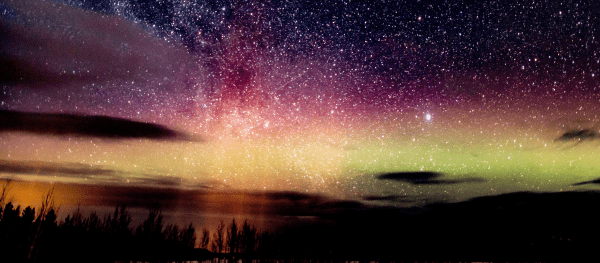

The Star(s) of the Show
Canada is the world leader in protecting the sky against human-made light pollution and employs special efforts to protect the dark nighttime conditions. Boasting over half of the Earth’s dark sky preserves, Canada proudly protects 19 of the 36 conserves.
A Wild Benefit of Protected Dark Skies
Dark skies provide wildlife with a less disturbed and natural environment and many insects and wildlife rely on darkness to forage, breed and navigate their environment. Protecting Canada’s natural environment ensures a balanced ecology.
Constellation Curious: Stars of Canada
The five northern constellations visible throughout the year from most locations in the northern hemisphere are Cassiopeia, Cepheus, Draco, Ursa Major, and Ursa Minor. Escaping the city’s bright lights by finding a large open area of dark skies will help you locate some of the most popular patterning within the sky’s stars. Camping in remote locations like Jasper National Park provides an extraordinary star-viewing studio!
The Big Dipper is usually the most identifiable pattern of stars in the sky, making an easy ‘starting point’ to mapping. If mapping stars isn’t your strong suit, stargazing phone apps can identify constellations and star patterns you are seeing overhead. App users will enjoy access to interesting astrological information, providing an exciting and informative viewing experience. Next time you find yourself under a dark Canadian sky, try locating the top five visible constellations – the Big Dipper (Ursa Major), the Little Dipper (Ursa Minor), Orion (the Hunter), Taurus (the Bull) and Gemini (the Twins)!
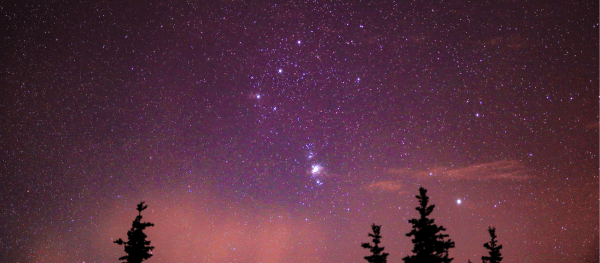

Closing
From astonishing constellations - to splendid displays of the northern lights - Canada’s night sky gallery invites nature-lovers, stargazers, and photographers to experience an immersive visual buffet of beauty. Nothing tops sharing shining moments with loved ones while in nature under a colourful blanket of stars.
Consider checking our blog on best off-grid camping locations for a few star-gazing location ideas! Be the shining star in your family: reserve a CanaDream RV today and receive special offers for your northern lights and stargazing holiday!







